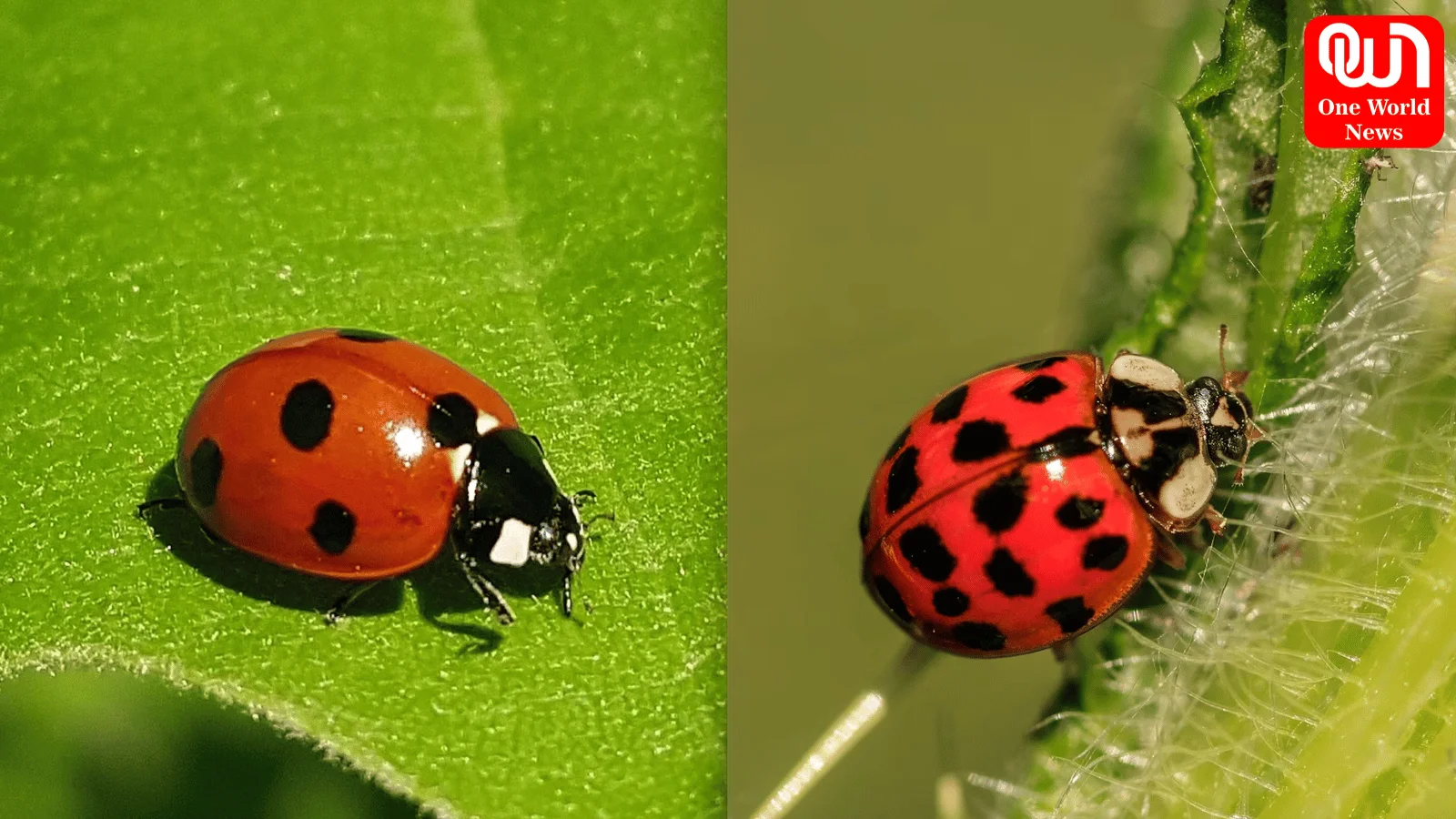Understand the mystery of ladybugs and lady beetles!
Ladybugs, also known as lady beetles or ladybirds, are beloved insects celebrated for their bright colors and perceived innocence. While they are often associated with luck and good fortune, the abundance of ladybugs and lady beetles can sometimes puzzle observers. Here are several reasons why these insects may seem plentiful:
1. Reproductive Strategies:
Ladybugs have evolved efficient reproductive strategies that contribute to their population growth. Female ladybugs lay clusters of eggs on plants infested with aphids, which serve as a primary food source for their larvae. With ample food available, ladybug populations can quickly expand as larvae hatch and mature into adults.
2. Short Lifespan:
Many species of ladybugs have relatively short lifespans, typically ranging from a few weeks to a few months, depending on environmental conditions and availability of resources. This short lifespan allows ladybugs to produce multiple generations within a single year, leading to rapid population growth under favorable conditions.
3. Adaptability:
Ladybugs are highly adaptable insects capable of thriving in diverse habitats, including gardens, forests, agricultural fields, and urban areas. Their ability to feed on a wide range of prey, including aphids, scale insects, and mites, allows them to exploit various ecological niches and colonize new environments.
4. Seasonal Abundance:
Ladybugs exhibit seasonal fluctuations in abundance, with populations typically peaking during the warmer months when temperatures are conducive to breeding and development. In temperate regions, such as North America and Europe, ladybugs may appear in large numbers during the spring and summer months, coinciding with the peak activity of their prey.
5. Migration Patterns:
Some species of ladybugs, such as the convergent lady beetle (Hippodamia convergens) in North America, exhibit migratory behavior, forming massive aggregations that can number in the millions. These migratory swarms often attract attention as they converge on specific locations in search of suitable breeding and feeding grounds.
Read More: 6 Simple And Easy Tips To Ace Your Everyday Office Looks (oneworldnews.com)
6. Biological Control:
Ladybugs are valued by gardeners and farmers for their role as natural predators of aphids and other plant pests. Many people intentionally introduce ladybugs into their gardens or agricultural fields as a form of biological control to manage pest populations without the use of pesticides. The release of large numbers of ladybugs for pest management purposes can contribute to their perceived abundance in certain areas.
7. Environmental Conditions:
Environmental factors, such as weather patterns, temperature fluctuations, and habitat availability, can influence the abundance and distribution of ladybugs. Mild winters and early springs may favor overwintering survival and reproduction, leading to larger populations in subsequent seasons. Conversely, extreme weather events or habitat disturbances may impact ladybug populations negatively.
8. Predator Avoidance:
Ladybugs possess several defensive mechanisms, including their bright colors, foul-tasting secretions, and reflex bleeding, which deter predators such as birds and insects. These adaptations help protect ladybugs from predation, allowing them to thrive and reproduce more successfully.
9. Life Cycle Synchronization:
The synchronized life cycles of ladybugs and their prey contribute to fluctuations in ladybug abundance. When aphid populations increase due to favorable environmental conditions, ladybugs respond by increasing their reproductive rates to capitalize on the abundant food supply. As aphid populations decline, ladybug populations may also decline until conditions become favorable for breeding once again.
10. Cultural Significance:
Ladybugs hold cultural significance in many societies, where they are revered as symbols of luck, protection, and prosperity. Their positive associations and endearing appearance may lead people to notice and appreciate them more, contributing to the perception of their abundance.
Read More: How to Safely Clean Your Ears (and What to Absolutely Not Do) (oneworldnews.com)
The abundance of ladybugs and lady beetles can be attributed to a combination of reproductive strategies, adaptability, seasonal fluctuations, migration patterns, biological control, environmental conditions, predator avoidance, life cycle synchronization, and cultural significance. While their presence may vary from year to year and region to region, ladybugs continue to captivate and inspire admiration for their remarkable biology and ecological contributions.
Like this post?
Register at One World News to never miss out on videos, celeb interviews, and best reads.









